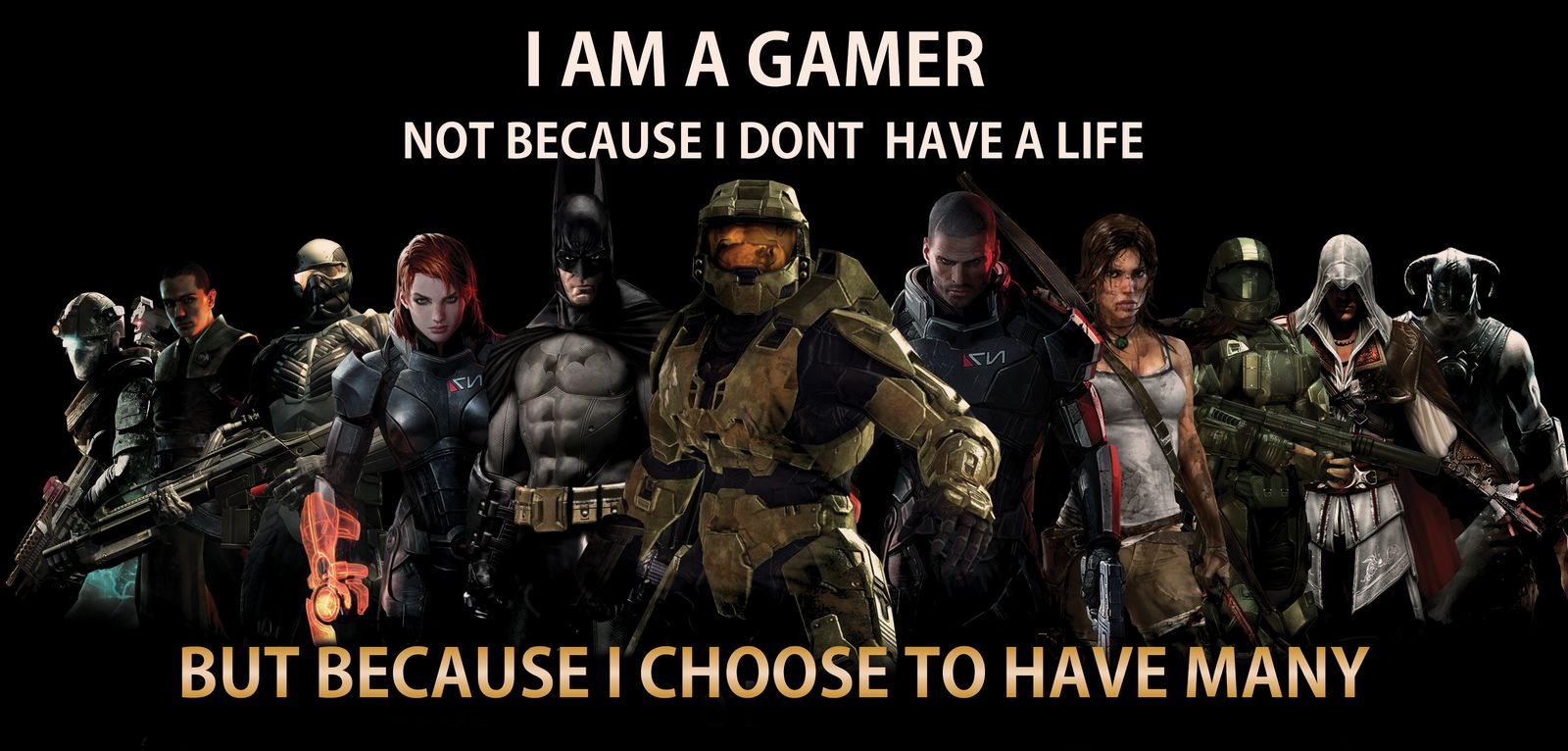The rapid evolution of the game industry over the past fifteen years has had a huge impact on the people and companies working in and around the industry. The customers haven’t seen the changes in the same way — and many of them haven’t really noticed or cared very much. Recently, though, as some game players are getting concerned about whether the content of their games will change, and familiar companies like Nintendo have hit a rough patch, it’s becoming clear that the market changes have reached the audience for games as well. The very meaning of common words and phrases like “gamer” and “core games” is changing, and we’re seeing awkward neologisms like “mid-core” being bandied about, though the meaning depends on who’s using the term.
It’s past time that the industry started being aware of this nomenclature issue and being better about defining or re-defining terms. It’s important because this affects the choices game companies make, the types of games that are being made, and who those games are marketed to — and whether or not those customers are getting the games they want, or the games they think they are getting. Let’s see if we can make some progress towards sorting it all out.
Back in the early days of electronic gaming in the 1970’s, game players were either people who were messing around with computers at universities — and therefore, mostly male and college-age — or they were buyers of the simple consoles back then, playing Pong-like games. Those home players tended to be overwhelmingly male, and with higher incomes, and probably pretty young. The demographics started to shift in the 1980’s with the home PC beginning to sell in the millions, and Nintendo redefining the home console after the 1983 crash.
PC game players were the early target market for companies like Electronic Arts, while Activision largely focused on consoles. The early PC gamers still tended to be young, well-educated, and well off, because computers were still fairly expensive. The console gaming audience that Nintendo developed was aimed more at kids, and a whole generation grew up in the late 1980s with Nintendo (and later, Sega) consoles as their primary gaming experiences. Those kids were still mostly males, as games were primarily action-oriented and competitive (at least for comparing high scores).
The 1990’s saw the rise of more sophisticated computer games, and consoles became more powerful and capable of subtler games as well. The hugely successful PlayStation really moved units by appealing strongly to an audience older than the classic Nintendo pre-teen. Teenage and college age boys became the largest part of the console audience, and computer games began appealing to even older males as well. Women were still a minor part of the game audience, but as the Internet became popular multiplayer and online games began to take hold, and graphical MMORPGs began to appear — which tended to have more appeal to women.

The first decade of the 21st century saw massive changes in game technology and a vast expansion of the game audience. The explosive growth of social games came about largely through millions of casual players, mostly women, who adopted a less intense type of game. FarmVille became the poster child for this new audience, and the average social gamer was a mom in her thirties or forties. The rise of mobile gaming through smartphones coincided with the decline of social games, but again many mobile games were bringing in women as players — the mobile audience was much more evenly divided among men and women than previous gaming audiences. As smartphones spread, and online games became ever more available around the world, the overall gaming demographic enlarged.
Now people who play games can be virtually any age, from toddlers tapping on a tablet to centenarians keeping themselves up past midnight playing online games. Game players are found all around the global, and billions of dollars in game revenues are generated in countries where no one ever managed to sell games in retail stores.
The shape of the problem is clear now. What the industry used to call “gamers” back in the 90’s were teenage boys of all ages. That demographic is still a strong one for a particular type of game, mostly console games — and in particular, Sony’s and Microsoft’s consoles, as they have deliberately targeted older gamers. (Yes, there are certainly games targeted towards younger players or women on those consoles, but the titles that sell 10 million units or more are mostly aimed at men.) Nintendo is really still aiming mostly at kids, although nostalgia for Nintendo games drives many sales among older players as well.
What’s a “core gamer” then That would be the audience that used to be “gamers” a decade or two ago, mostly male. Except that women have been enjoying games by the millions, and many of them are enjoying ever more complex and engaging games like World of Warcraft or League of Legends. A “core gamer” is not necessarily male any more, which is perhaps distressing to some long-time core gamers.
What’s a “mid-core” game Perhaps it’s a game with a deeper strategy that is easier to learn than some of the classic games. The term is often shorthand for “we’d like to sell this game to as many people as possible.” While not every Candy Crush player is destined to become a Mortal Kombat fan in the future, we are seeing plenty of Clash of Clans players enjoying a little strategy along with their building and tending and cartoony graphics.
The important thing for people inside and outside the game industry is to realize that a “gamer” may not have the same meaning it used to. For some, a person who likes to play games is a gamer… but other people may still think of a “gamer” as someone highly dedicated to certain types of games, perhaps in a certain age range, likely male. Discussions or arguments between people with two very definitions of the same term are not likely to be very productive.
When you’re talking about the audience for games, try to be more precise in your definitions. Think about who you’re designing a game for, and who you’re marketing it to, and make sure you describe the game in the right terms that your intended audience will understand. Don’t assume that “gamer” or “mid-core game” or “hard-core gamer” means the same thing to everybody, because it doesn’t. That’s good game design advice, good marketing advice, and good business advice — and we all need to keep it in mind as the game industry, and its terminology, continues to evolve.

